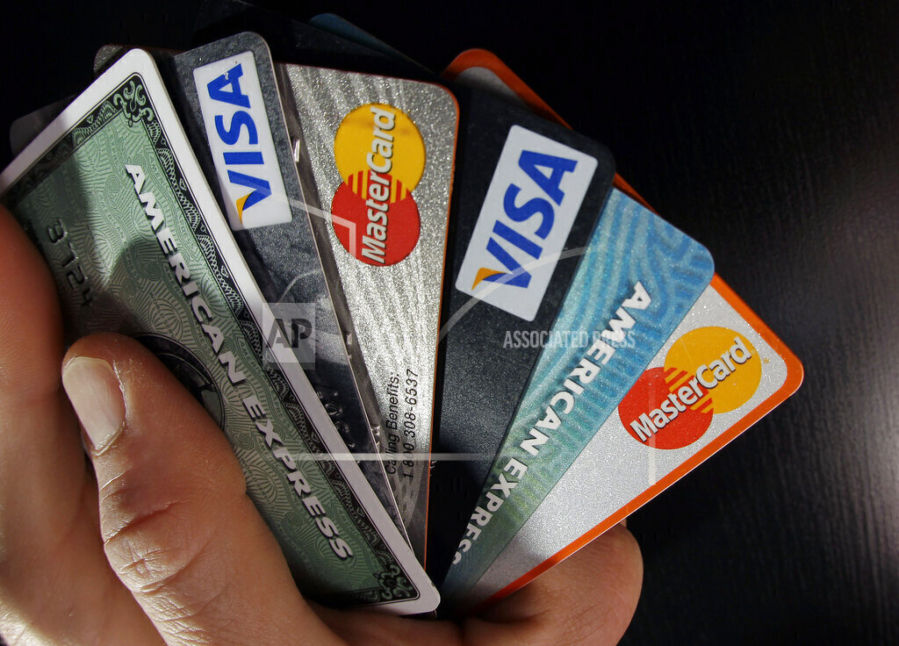NEW YORK — The squabble over billion of dollars in overdraft fees that Americans get charged every year is intensifying.
The Consumer Financial Protection Bureau is expected to propose rules this week that further rein in banks’ ability to charge customers a fee when they overdraw their bank account. Opponents of the fees often cite the example of a $3 cup of coffee costing someone $40.
The banking industry is gearing up to fight back with a multimillion-dollar marketing and lobbying campaign. While banks have drastically cut back on overdraft fees in the past decade, the nation’s biggest banks still take in roughly $8 billion in overdraft fees every year, according to data from the CFPB and bank public records.
The Biden administration has placed overdraft fees at the center of a campaign against what it calls “junk fees” and has directed government regulators — the CFPB and the Federal Trade Commission — to do whatever is in their power to further curtail the practice.
“It’s just taking advantage of people,” President Joe Biden said in October.
Banks charge a customer an overdraft fee if their bank account balance falls below zero. Overdraft started off as a courtesy offered to some customers, but the popularity of debit cards beginning in the 1990s led to Americans wracking up tens of billions of dollars in overdraft fees.
Caving to popular and political pressure, most of the biggest banks have added safeguards to customers’ accounts to allow them to bring the balance back into positive territory before they incur a fee, which at some banks can be as high as $39. Bank of America, once considered by industry critics to be the biggest abuser of overdraft fees, cut its fee from $35 to $10 two years ago and says revenue from overdraft fees is now less than 10 percent of what it had been.
The largest banks have also curtailed their collection of fees for nonsufficient funds. In that case, the bank charges a customer a fee for not having the funds to cover a charge but also denies the transaction. These are commonly known as “bounced check fees.”
According to Bankrate research conducted in August 2023, overdraft fees are still charged on 91 percent of accounts surveyed — and they can run as high as $39. The average overdraft fee in 2023 was $26.61.
Banking industry sources and consumer advocates both expect the CPFB’s regulations to be focused on when overdrafts can be charged on a customer’s account and how much banks can charge relative to the amount of risk a bank is taking on to cover a routine purchase. One criticism of overdraft fee practices is that the cost to a bank to cover routine purchases is low and banks have safeguards in place to stop customers from taking their accounts deep into red.
A report put out last month by the CFPB found that a quarter of households making less than $65,000 frequently get hit with overdraft fees, meaning that the families least able to afford the fees are often the ones incurring them more frequently. Black and Latino households are more likely to overdraft than white households the report showed.
“That is increasingly difficult for banks to justify. Particularly at the level of fees that are being charged,” said Greg McBride, an analyst with Bankrate.
While big banks have cut back on overdraft fees, smaller banks have not, and a number of them heavily rely on overdrafts to be profitable, industry analysts said.
“There are still a large number of small banks and many credit unions that have not changed their credit policies, including a handful who have become addicted to overdraft,” said Aaron Klein, a senior fellow in economic studies at the Brookings Institution.



